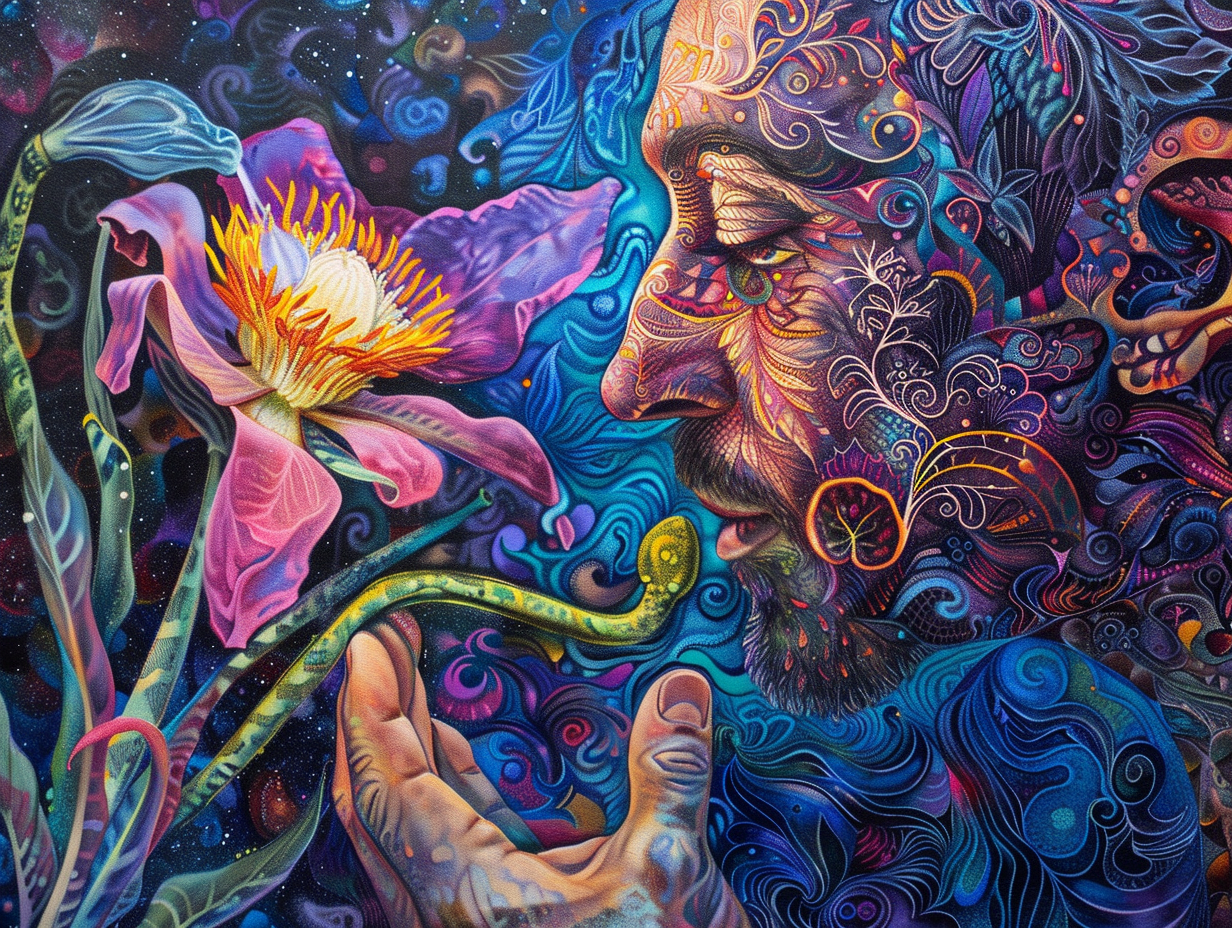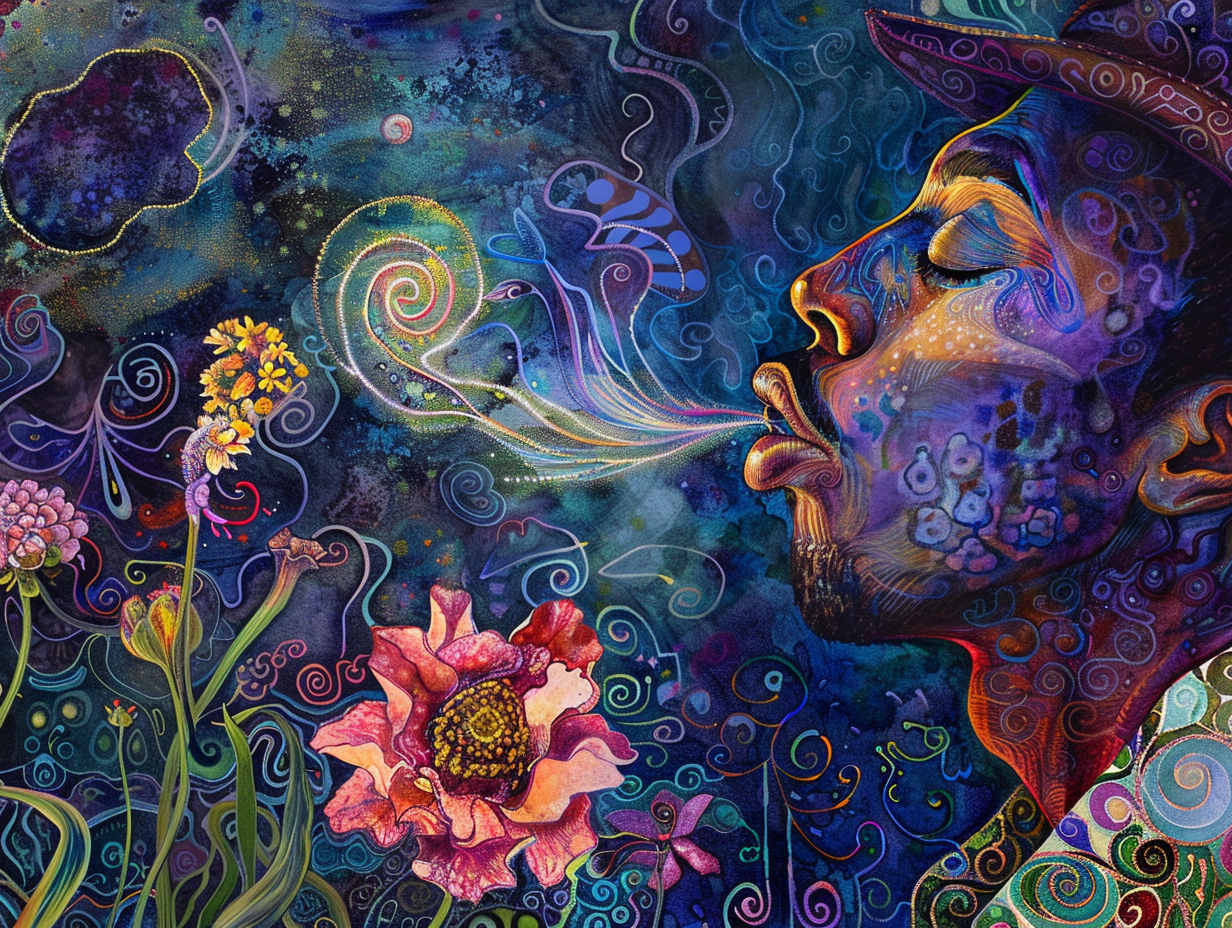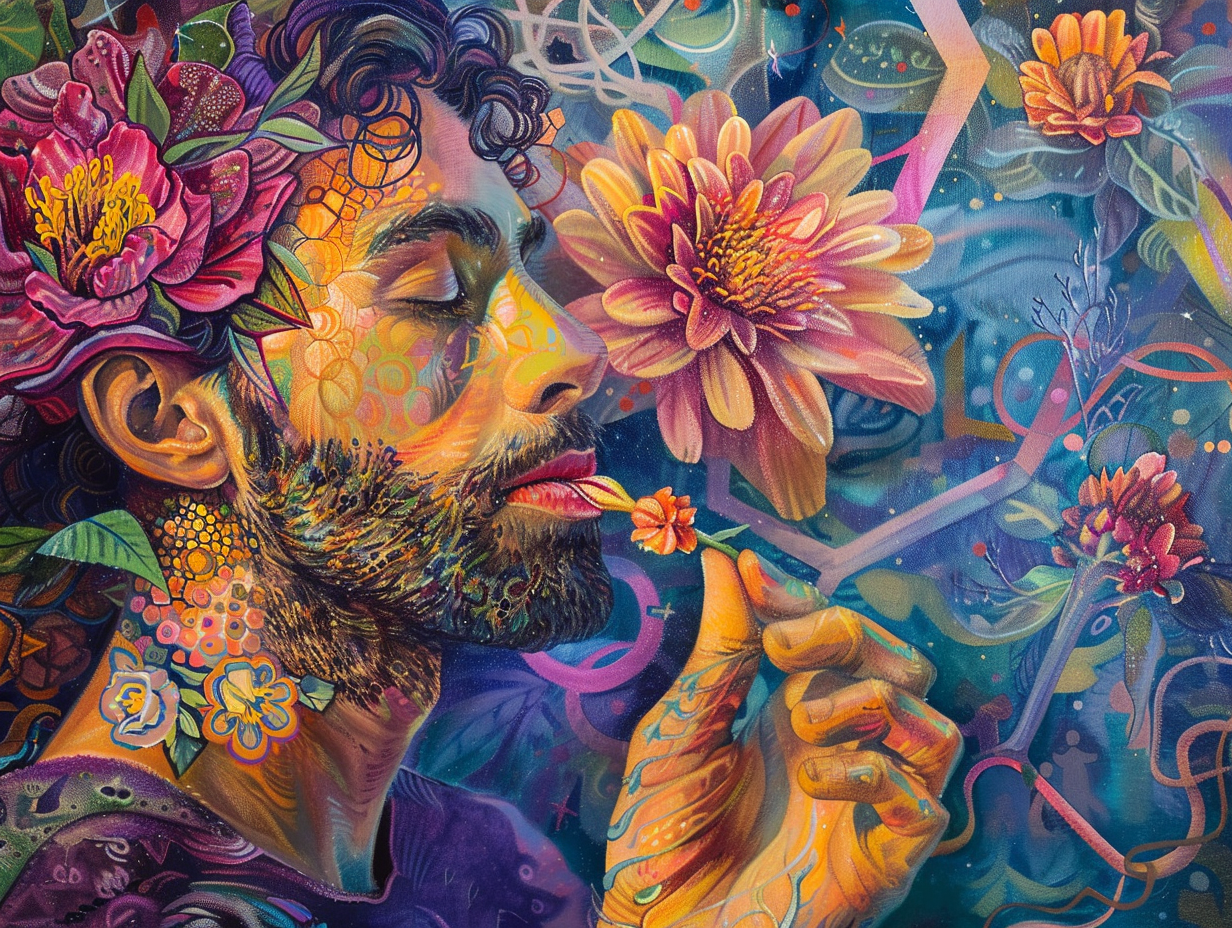When Healing Overwhelms: A Gentle Guide for Sensitive People (Part 2 of 4)

The Unseen Risks
Why does this happen? Why do practices meant to heal sometimes overwhelm?
There are a few reasons—often subtle, but powerful.
In many healing and spiritual circles, there’s an unspoken pressure to leap in headfirst. What worked for one person might be hailed as the way. But what heals one person can harm another. There is no universal path.
Some facilitators are deeply experienced, but not all are trauma-informed. Without an understanding of nervous system regulation, even well-intentioned guidance can become too much, too fast. What feels normal or manageable to one person might be overwhelming to someone carrying unresolved trauma.
Group dynamics can also add invisible pressure. In the desire to belong, not be seen as difficult, or to prove you’re “ready,” you may override your instincts. Your body might be saying no, even as your mouth says yes.
There’s also the illusion of readiness. The truth is: you don’t really know how your system will respond until you’re in it. Even seemingly gentle practices can open deep layers you're not prepared to meet.
And then there’s the influence of social media and spiritual trends. You see blissful stories of transformation, ecstatic highs, overnight awakenings. It can make you feel broken for not having the same experience. So you try harder, push further—sometimes before your system is ready.
Finally, there’s spiritual bypassing. Sometimes we seek healing not to face our pain, but to escape it. Practices meant to bring us closer to ourselves can become ways to disconnect or dissociate, especially if they’re used to avoid grief, fear, or rage.
A helpful concept here is the Window of Tolerance.
When we're within this window, we can process emotions, thoughts, and sensations without being overwhelmed. But if we go too far, too fast, we can tip into fight-or-flight—or freeze. Many intense practices can push people beyond their window, especially those with unresolved trauma.
“Trauma is not what happens to you. Trauma is what happens inside you as a result of what happened to you.”
— Dr. Gabor Maté
Understanding these risks isn’t meant to scare you—it’s meant to empower you. If you're still drawn to these paths, part 3 will offer grounded ways to move forward more slowly, safely, and consciously.
Related Resources
Explore insights and practical guidance for your personal journey.



